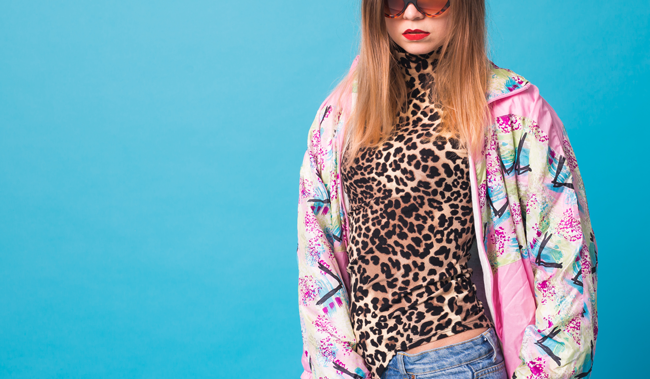CONSCIOUS FASHION AGAINST CLIMATE CHANGE
We are increasingly aware that "fast fashion", that is, fast fashion where a constant supply of new styles is made at very low prices, has caused a serious increase in the amount of clothing produced and discarded.
The climate impact of this form of production is increasingly dangerous. To face this, the current trend has been turning towards a transition where the circular economy is the only way to dress sustainably. In other words, betting on vintage fashion is one of the ways in which we can fight against climate change.
Water pollution and gas emissions
The production of clothing and footwear, as well as textile items for the home, are important sources of water pollution, as well as greenhouse gas emissions and discharges.
To give some examples, for the production of a single cowboy, an average of 10,000 liters of water are useda number that includes the water used from rain and irrigation, as well as the flow spent to dilute the polluting elements. For the production of a cotton T-shirt, approximately 2,500 liters of water are used.
On the other hand, it is estimated that the fashion industry is responsible for more than 10% of global carbon emissions, exceeding emissions from international flights and shipping. In fact, textile purchases in the EU generate more than 600 kg of CO2 emissions per person..


The future: sustainable fashion
Globally, less than 1% of clothing is recycled as apparel, partly due to inappropriate technologies. In addition, currently most companies have not activated a protocol to reduce the hydraulic footprint of their productions, since for this they must establish agreements with suppliers and providers.
For this reason, the short-term solution to stop this waste of energy and pollution is for buyers to behave like conscious people by investing in vintage fashion and second-hand pieces.
Style can also be responsible
Style-conscious shoppers buy clothing that is timeless, well-crafted, and allows them to express their individual identity over the long term. They look for authentic and original pieces and avoid mainstream trends and fast fashion. That is, they consume vintage fashion. And it is that second-hand purchases are not only good for the planet, but also for both individual and collective economic savings.


Fashion and style, two different things
Style-conscious shoppers are very different from fashion-conscious shoppers. Fashion is all about the "new". That is, fast fashion works quickly to replicate a constant stream of trends, generating large volumes of low-quality garments. Style, on the other hand, focuses on expressing individual identity in the long run. For this reason, style lovers are increasingly consuming fashion in a sustainable way, entering the circular economy.
Hopeful predictions with vintage fashion
Fortunately, the second-hand market is predicted to double the size of fast fashion by 2030. Younger shoppers are driving the growth of second-hand shopping, especially through online platforms. In this way, it seems that vintage fashion is no longer perceived as "used clothing" to be received for what it is: quality, original pieces with history, that bring us closer and closer to the planet in which we want to live.

